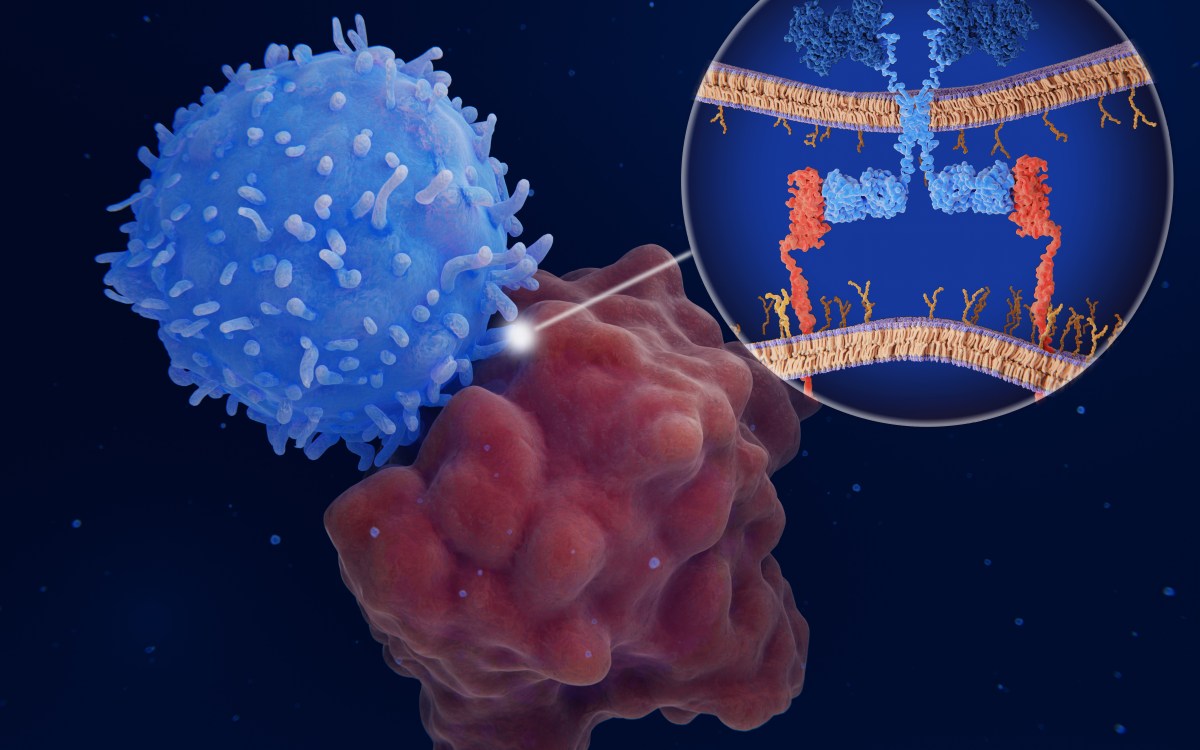Joslin Diabetes Center scientists find genetic defects in immunological tolerance
The genetic defect keeps the body from properly dealing with “errant” immune cells that it normally eliminates by a process called immunological tolerance. These immune cells then attack the insulin-producing beta cells in the pancreas, mistaking them for foreign invaders. This is the first step in the onset of type 1 diabetes.
The pancreatic beta cells of people with type 1 diabetes can no longer make insulin, and the disorder can emerge at any age. The genetic stage, however, is set beforehand.
T-cells play a role as part of the array of immune cells that normally work together, adapting to fight bacterial or viral invaders. Although a few T-cells that attack the body’s own cells develop, said Dr. Phil Holler, one of the study’s researchers, a safeguard usually prevents them from causing damage.
If the safeguard mechanism is defective, the T-cells can wreak havoc throughout the body. This is the process behind many autoimmune diseases such as type 1 diabetes.
To understand what happens in type 1 diabetes, the researchers compared non-obese diabetic mice with the tolerance defect with diabetes-resistant controls. They looked for regions where the data from the DNA chips and the genome scan converged. Overlap would indicate the regions and genes that affect tolerance.
In the mice with diabetes, there emerged a decrease of activity in regions that governed the elimination of errant T-cells and an increase of activity promoting their survival. The safeguard system was broken. The T-cells were alive and able to leave the thymus and attack beta cells.
Now that the chromosomal regions are known, the researchers are seeking the precise genes involved.





